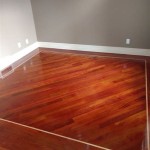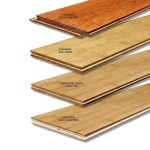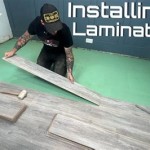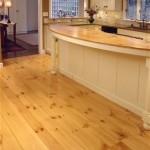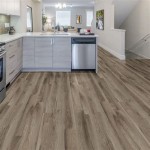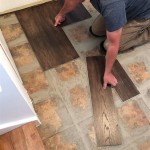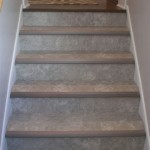Vinyl Plank Flooring: A Comprehensive Review
Vinyl plank flooring has gained immense popularity as a durable, versatile, and stylish flooring option for both residential and commercial spaces. This flooring mimics the appearance of hardwood or stone tiles but offers several advantages, including easy installation, water resistance, and cost-effectiveness.
In this comprehensive review, we will explore the essential aspects of vinyl plank flooring, including its types, benefits, installation process, maintenance, and environmental considerations.
Types of Vinyl Plank Flooring
There are two primary types of vinyl plank flooring:
- Solid Vinyl Plank (LVP): LVP is a single-layer plank that consists entirely of vinyl.
- Luxury Vinyl Plank (LVT): LVT is a multi-layer plank with a core layer of rigid plastic or wood-based material and a top layer of vinyl.
Both LVP and LVT are durable and versatile, but LVT generally offers greater stability and sound insulation.
Benefits of Vinyl Plank Flooring
Vinyl plank flooring offers a range of advantages:
- Water Resistance: Vinyl is highly resistant to water damage, making it suitable for kitchens, bathrooms, and other moisture-prone areas.
- Durability: Vinyl is extremely durable and can withstand heavy foot traffic and wear and tear.
- Style Flexibility: Vinyl planks come in a wide range of colors, styles, and textures, allowing you to customize your flooring to any décor.
- Easy Installation: Vinyl planks are easy to install, using click-lock or glue-down methods.
- Cost-Effectiveness: Vinyl plank flooring is more affordable than many other flooring materials, such as hardwood or stone.
Installation Process
Installing vinyl plank flooring is relatively straightforward, especially for LVP:
- Prepare the Subfloor: Ensure the subfloor is level, dry, and clean.
- Install a Vapor Barrier: Place a vapor barrier over the subfloor to prevent moisture from rising.
- Lay the Planks: Start by laying a row of planks along a straight edge. Use spacers to ensure even spacing between the planks.
- Click or Glue the Planks: LVP planks click together, while LVT planks may require glue for a stronger hold.
- Trim and Install Baseboards: Trim the planks as needed and install baseboards to complete the installation.
Maintenance
Vinyl plank flooring is easy to maintain:
- Regular Cleaning: Sweep or vacuum the floor regularly to remove loose dirt and debris.
- Occasional Mopping: Use a damp mop with a mild cleaning solution to wipe up spills and stains.
- Avoid Harsh Chemicals: Never use harsh chemicals or abrasive cleaners on vinyl plank flooring.
- Protect from Sun Damage: Prolonged exposure to sunlight can fade vinyl plank flooring. Use curtains or blinds to reduce direct sunlight.
Environmental Considerations
Vinyl plank flooring is generally more environmentally friendly than other flooring materials.
- Recyclable: Many vinyl plank flooring products are recyclable, reducing waste.
- Low VOCs: Vinyl plank flooring emits low levels of volatile organic compounds (VOCs), which can improve indoor air quality.
Conclusion
Vinyl plank flooring is an exceptional flooring option that combines durability, style, and cost-effectiveness. Its water resistance, easy installation, and low maintenance make it suitable for various residential and commercial applications. When considering vinyl plank flooring, it's important to evaluate the different types and choose the one that best meets your specific needs.

My Vinyl Plank Floor Review Two Years Later Cutesy Crafts

Luxury Vinyl Plank Flooring Review Home Cute Little

My Luxury Vinyl Plank Flooring Review Pros And Cons Average But Inspired

Vinyl Plank Flooring Review 2 Years Later Love Renovations

My Vinyl Plank Floor Review Two Years Later Cutesy Crafts

Luxury Vinyl Plank Flooring Review The Turquoise Home

My Vinyl Plank Floor Review Two Years Later Cutesy Crafts

Luxury Vinyl Plank Flooring Review The Turquoise Home

Is Lifeproof Vinyl Flooring Good Here S My Unbiased Review

Unbiased Luxury Vinyl Plank Flooring Review Cutesy Crafts
See Also
